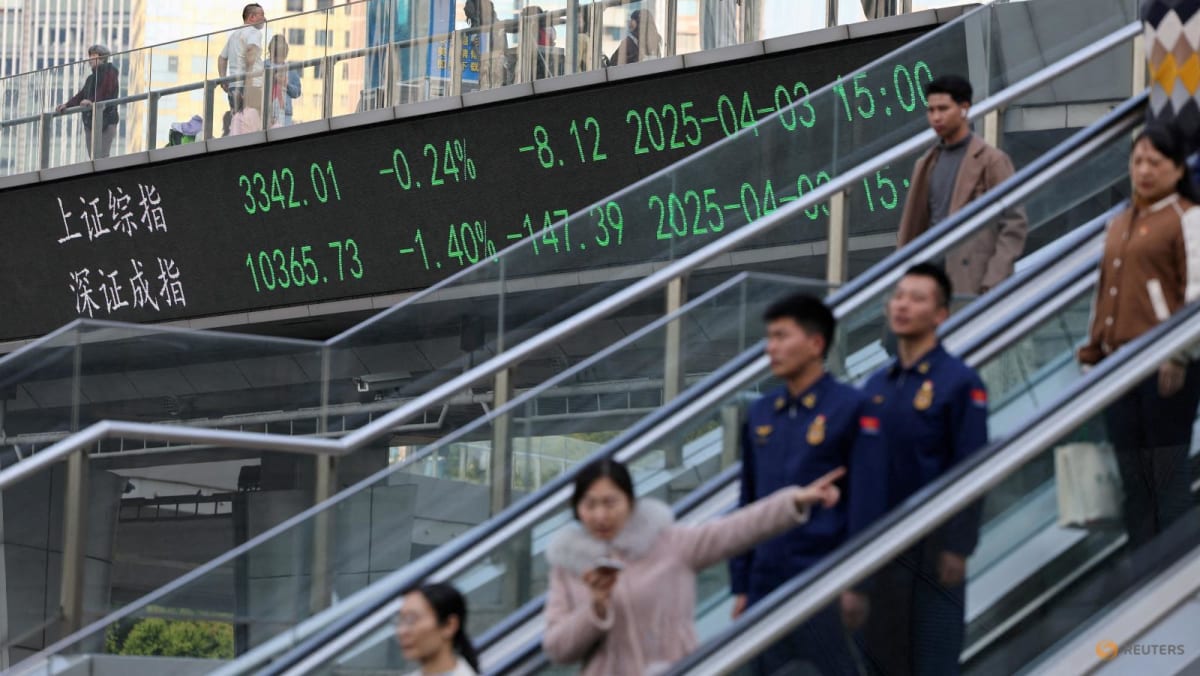On the supply side, there are two reasons.
New airlines may enter, especially if the yields earned by incumbent players continue to be firm. Markets with strong growth in the airline traffic such as India are already witnessing the entry of several smaller players who are not taking larger rivals head-on but competing with them regardless.
As existing players aggressively add seats, yields might come down over time even if demand stays high. We are already seeing signs of this: In 2024, the US-based airlines reported record sales but not record profits.
BUSTS AFTER BOOMS
As always, the airline industry is also affected by uncontrollable factors such as jet fuel prices, pandemics and wars, among other things. The industry has often witnessed busts after booms, so going by past patterns, a bust may not be that far away.
So, what is my advice to travellers? Maybe, for discretionary travel, they can pick and choose among destinations that offer better value while waiting for fares to moderate.
For airline executives, my advice is to remain flexible by not taking on too much expansion, especially if it involves debt financing, squeezing out cost savings and strengthening their balance sheets. In other words, be ready to take advantage of the opportunities but protect your downside as well, if the environment becomes adverse.
Nitin Pangarkar is Associate Professor in the Department of Strategy and Policy at the National University of Singapore Business School. The opinions expressed are those of the writer and do not represent the views and opinions of NUS














